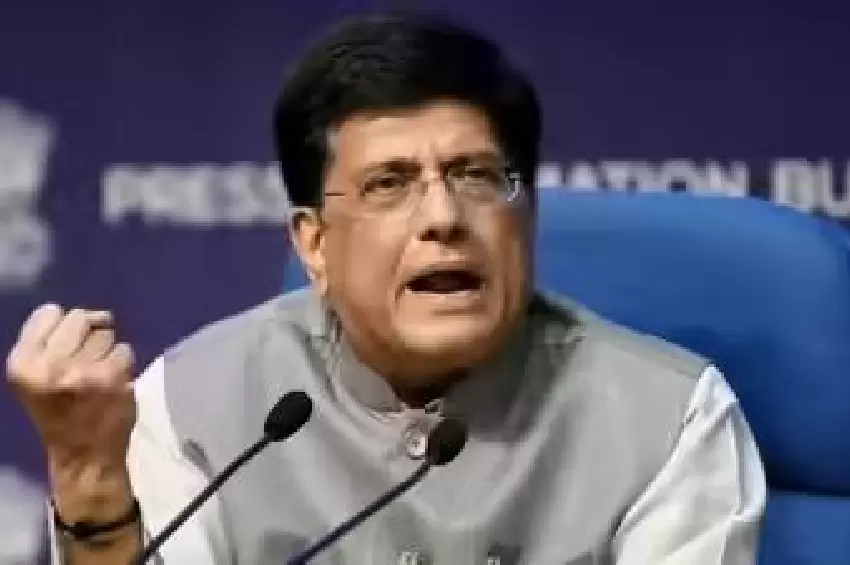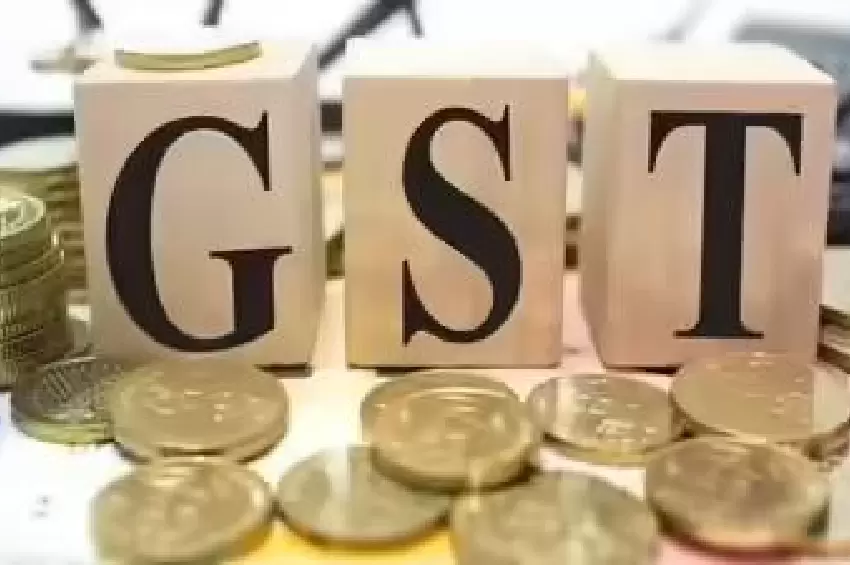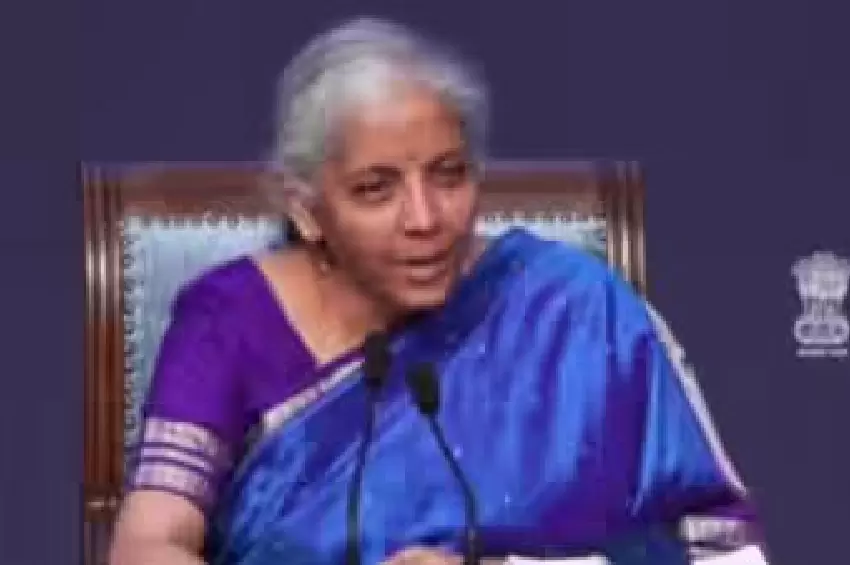India's Bold GST Revamp Strategy
In a significant move to stimulate the economy, Prime Minister Narendra Modi has announced a comprehensive overhaul of the Goods and Services Tax (GST) system. This initiative is designed to encourage states, including those under opposition rule, to align with the central government's plan for rate rationalization.

The finance ministry anticipates that while there may be a short-term dip in revenue, the long-term outlook is positive, with expected gains from increased consumption and broader tax compliance. This approach is inspired by the Laffer curve theory, suggesting that optimal tax rates can lead to higher revenue by expanding the tax base and encouraging economic activity.
Challenges and Opportunities Ahead
Despite opposition from states like Kerala, West Bengal, and Karnataka, concerned about potential revenue losses, the central government is pushing forward with its plan. The proposed changes aim to simplify the GST regime, making it more predictable and conducive to growth.
With the GST Council meeting slated for September-October, the government hopes to implement the new rates in time for Diwali, marking a pivotal moment in India's tax policy and economic strategy.









Comments